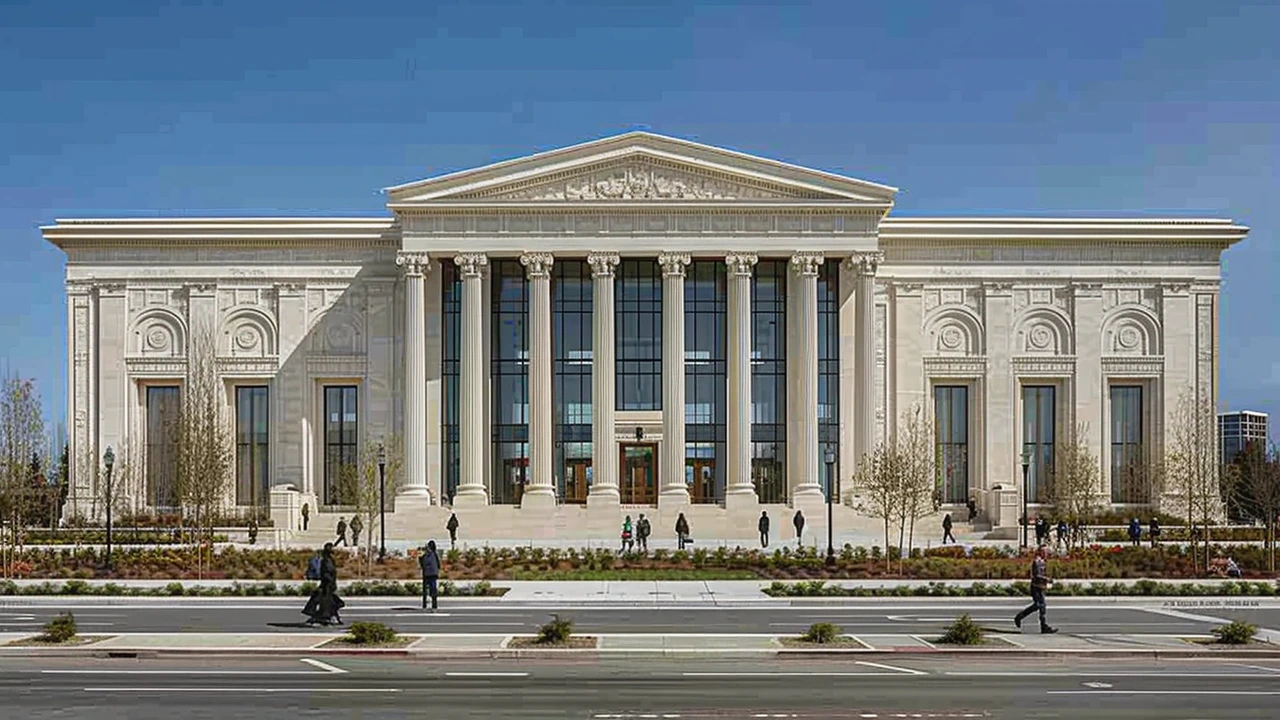Classical Design Impact: Why Ancient Styles Still Shape Buildings Today
Classical design is more than old columns and marble. It’s a set of ideas—proportion, order, clear structure—that architects reuse because they work. From Roman arches to Greek columns, those elements keep showing up in city halls, banks, homes, and even apartment lobbies.
Look around a downtown square and you’ll spot classical influence: balanced facades, repeating windows, and clear street fronts. These features guide how people move, where shops sit, and where public life gathers. Georgian rows and Beaux‑Arts civic buildings create predictable, walkable streets because their proportions set comfortable human scales.
On the home scale, classical ideas give a sense of calm. Symmetry, centered entrances, and measured ornament make rooms feel ordered and easy to use. If you want that look, focus on three moves: align key openings, keep trim simple and proportional, and pick a clear focal point like a doorway or mantel. You don’t need exact replicas—small gestures can bring the same feel.
Spotting Classical Details
Want to recognize classical design on a walk or while house hunting? Watch for columns or pilasters, triangular pediments above doors, rounded arches, cornices that throw shadows, and rhythm in window placement. Materials matter too: stone, stucco, and finely detailed wood trim point to a classical approach. Interiors often use moldings, coffered ceilings, and balanced room layouts.
Different eras add their own twist. Roman architecture introduced the arch and concrete vaults; Greek Revival went heavy on tall columns and white facades; Renaissance and Baroque added richer ornament and dramatic staircases; Beaux‑Arts mixed classical rules with grandeur and public scale. Each layer teaches a practical trick—arches distribute loads, cornices protect walls from rain, symmetry simplifies construction and furniture placement.
Practical Advice for Owners and Planners
Restoring classical buildings is about preserving key proportions and materials. Keep original window sizes and placements when you can; that keeps the facade readable. When adding to a classical structure, match cornice lines, align floor heights, and keep new openings proportional. For modern projects, borrow classical rules without copying: use balanced massing, clear entry sequence, and human-scaled details to make places feel familiar fast.
Travelers and students can learn a lot by comparing close examples: visit a Roman ruin, then a Renaissance palace, then a 19th‑century bank. Note how the same principles repeat at different sizes and materials. Classical design survives because it solves real problems—structure, light, movement, and civic presence—while still feeling approachable.
Adaptive reuse is another big area where classical design pays off. Old facades and rational plans adapt well to new uses—offices, galleries, or apartments—because rooms are regular and light flows predictably. Common mistakes are changing window rhythm, overscaling additions, or hiding original details behind heavy cladding. Quick checklist before renovating: keep window spacing, match cornice height, reuse original materials where possible, and test new paint colors on a small area. If you want inspiration, compare Roman temple’s porch, Georgian rowhouse, and Beaux‑Arts train station to see how the same rules solve different needs today.

Greek Revival Architecture Influence: Modern Building Style and Design Techniques
Hey folks! It's always fascinated me how the grandeur of ancient Greek temples can still be seen in our modern buildings. You know, the iconic columns, the symmetrical beauty – it all screams Greek Revival architecture to me. I've noticed this style lacks the fussiness you might find in other designs; it's got a straightforward elegance that's as refreshing today as it was back then. I'm eager to dig into how this timeless aesthetic continues to shape our contemporary structures—and trust me, its influence runs deep. So, let’s explore together how the principles of Greek Revival architecture play a surprising role in today's building styles!
Read more